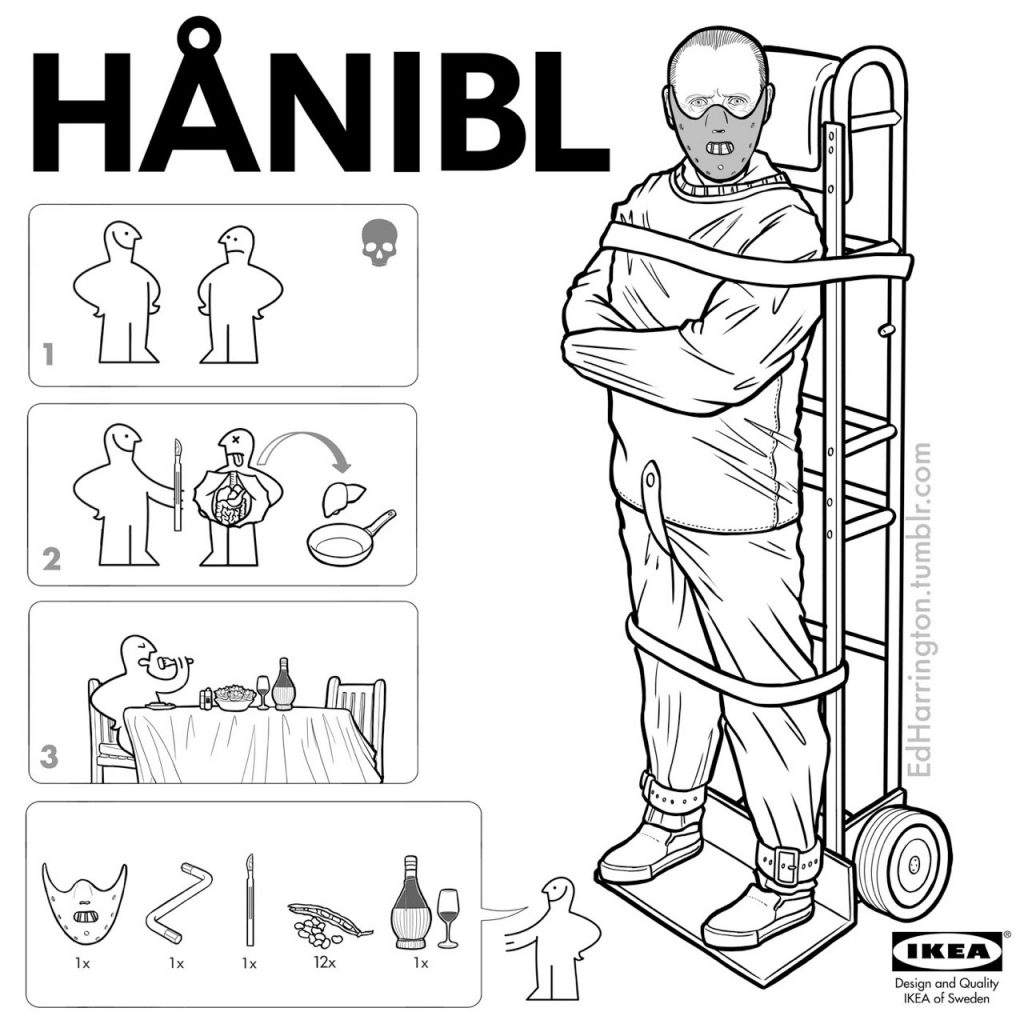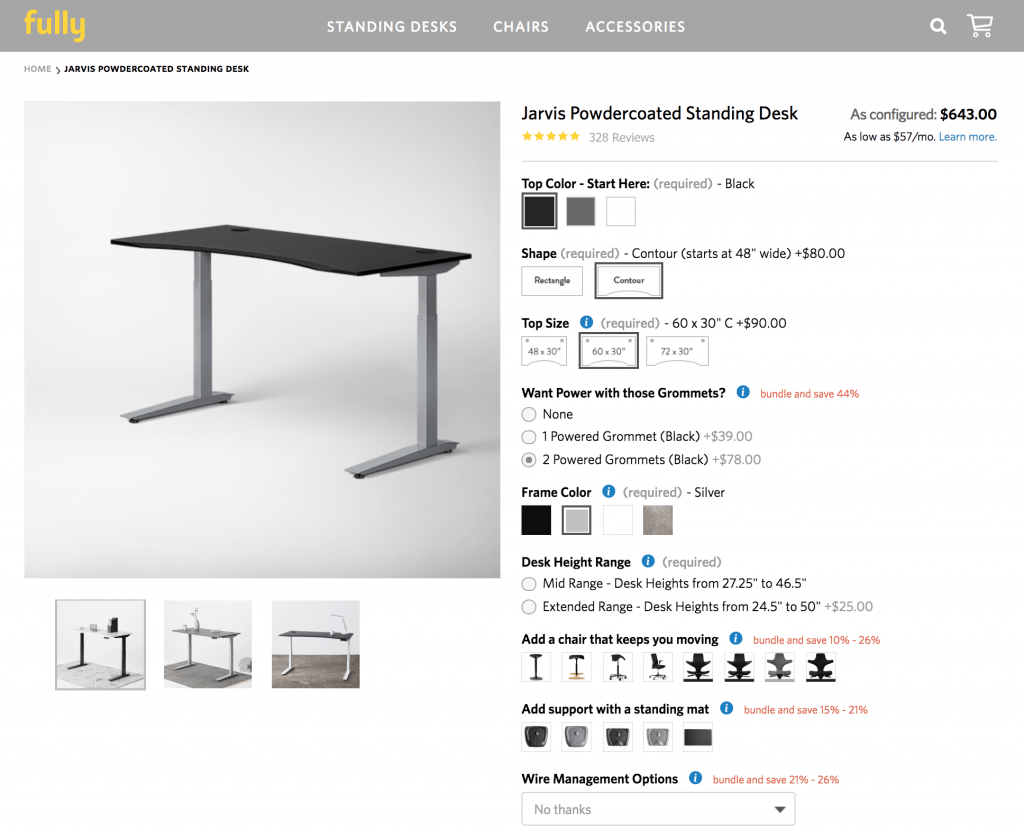There is an interesting psychological pattern wedged into all of our brains called the IKEA Effect.
Put simply: we overvalue the things we either created ourselves or had a role in creating. It is named after the Swedish furniture manufacturer that puts you to work building the furniture you buy with “usually intuitive” instructions.

Credit
In true honor of the Swedish giant, I am going to see how many Ikea products I can reasonably weave into this post. May the HAMNSKÄR of recommendations open.
The core of the Ikea Effect is based on our relationship to labor. Some previous studies found that the more effort we put into something, the more we value it.
This all has an interesting impact on collaboration which is at the core of how we build communities, companies, and teams. Harnessed well, the Ikea Effect can produce pride in creation. If ill-managed, it can cause infighting between collaborators.
So, how do we harness this in collaborative environments such as communities, companies and teams?
Here are my five pragmatic recommendations:
#1. Encourage customization
Pride of ownership doesn’t just have to relate to producing entirely new things (such as a rock-solid MÖRBYLÅNGA). It can also relate to customizing something.
We see this everywhere. When you buy a new car you can choose the seat materials, trim, color, entertainment options, and more. When you buy a computer you can select the processor, hard disk, and memory. When you buy a TÖRNVIKEN you can select the counter-top material and color.

We see this in video games where players can customize their characters, cars, and weapons. We see it in exercise programs where you can tune workouts based on fitness goals.
When you think about your products, culture, and communities, evaluate how you can provide clear, customizable options. These options should be simple, map clearly to outcomes, and not be overwhelming. Optimize for a simple set of options, not a ridiculous airline cockpit of buttons.
#2. Have clear, objective collaboration and quality guidelines
Many communities, and all companies, are collaborative in nature. People need to work together to produce something of shared value (e.g. an open source project in a community, or a product in a company.)
This requires people to take something that exists and improve it. This could be a codebase, a product, a book, a website, or anything else.
One of the risks of the Ikea Effect is that someone contributes an improvement (which they over-value), and then they struggle if other people either don’t see the value of that improvement or are critical of it. In the short-term it can ding their motivation and in the long-term it can generate bottled up ill-will to the people who criticize them.
The solution here are clear collaboration and quality guidelines.
We see this with how many open source projects require that 2 people approve each new code contribution before it is accepted and merged in. TEDx events have very clear requirements on how the events should be organized and run. Online app stores have stringent requirements for new apps.
These collaboration requirements won’t stop people over-valuing their creations, but clearly agreed light-weight collaboration and quality standards will help to reduce ambiguity and potential conflict over contributions.
#3. Be overtly collaborative in decision-making
As a community strategy consultant, my goal is to not just provide high quality guidance to my clients, but to also wire this guidance up so it can be easily used and applied in their business and with their teams.
This can be trickier than you might imagine. Consultants have influence (which is why they hire me), but no actual power. As such, for my guidance to be used, my clients (and their teams) need to be bought into the value of it.
I have consistently found that (while situated at a GRÖNLID with your feet up on a TRULSTORP, lit gently by a HEKTAR) my clients utilize my advice more when I incorporate them into the strategic process and they play an active role in forming the decisions. Some consultants simply go away and produce a report by themselves, but I generally don’t do this.
This taps into the Ikea Effect because they then feel a sense of ownership of the strategy, as opposed to feeling they were just handed a strategy by some balding English guy with a strange beard and great taste in music.
When you build strategy, make decisions, and make changes in your company or community, try to integrate people as much as possible. It will wire up the Ikea Effect for your benefit and make them value their contributions to it (which in turn has a dramatic effect when people feel they are doing meaningful work.)
#4. Socialize what “high quality” means
One of the risks of the Ikea Effect is that people may produce something that is a bit shonky and poor quality but they think it is the bees knees.
We have all seen this. The musician who produces an awful song seemingly weaved together from 35 cats being electrocuted at the same time into a microphone. The poorly written, ram-shackle book held by a beaming author. Every cake on Nailed It…

Credit
We also see this when people sell things. They will often over-price their possessions because they value them too much. This is also what can lead to hoarding.
The solution here is to communicate clearly what quality means (which is hopefully the opposite of a MARIUS). What does a great product improvement look like? What does a great process look like? What is a great community contribution?
This is obviously harder said than done, and it is important that this definition of quality is repeatedly reenforced. It needs to present in your collaboration requirements, in how people work together, in how mentoring is delivered and more.
#5. Integrate identity and team spirit into collaboration
Our sense of identity plays a primary role in the Ikea Effect. The pride of creation is intrinsically linked to you, your self-image, and your character.
This is a powerful emotion we can tap into. We see countless examples of people producing work and taking great pride in showcasing it. Athletes hang their medals on their wall, professionals put their qualifications in their office, proud parents plaster Honor Student stickers on their cars, and more.
If the Ikea Effect means we overvalue our creations, it also means we take pride in what we produce (such as a plate of delicious ALLEMANSRÄTTEN). As such, temper the “over-value” element of the Ikea Effect with my other suggestions, but bolster the pride component by highlighting great work when it occurs.
When people create such great work, think about how you can celebrate it. How can you help them shine? How do you validate them?
Peloton do this when they call out riders who hit milestones. Software projects do this for first-time contributors. HackerOne highlights top security researchers in their initiatives. Teachers do this when kids reach new academic achievements. We all need great work to be celebrated; it builds our confidence..
Like so many other psychological patterns, Ikea Effect is powerful if we are careful in how we integrate it into our communities, communities, and teams.
Thanks for reading! Be sure to join as a member (which is free) to keep up to date with other articles, exclusive member-only content, consulting sweepstakes, competitions, and more.
The featured image in this post is from here.








